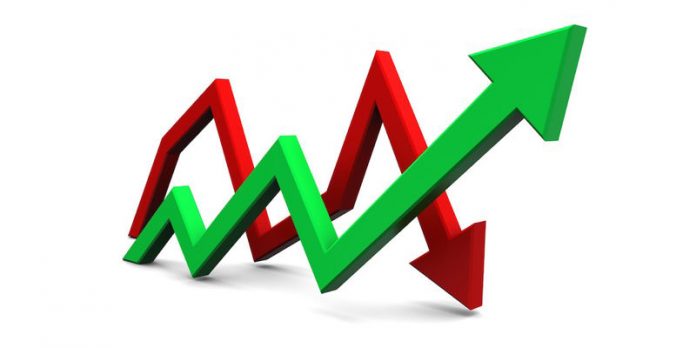The Basic: PG&E stock crashed more than 50% as utility said it would file for bankruptcy because of wildfires liability.
Last year, California investigators looked into 170 fires that occurred in the fall of 2017. They found “that PG&E power lines started the fires mostly after trees or limbs fell on the lines” in 16 blazes, according to Muir. Legislation passed in 2018 allows state regulators to protect the utilities form going bankrupt in connection to the 2017 fires, but it doesn’t cover the 2018 fires, Muir says.
In a statement last year, PG&E said it was bulking up its “already rigorous vegetation management program to create new fire defense zones near power lines in high fire threat areas.”
PG&E suspended its dividend in late 2017 to save cash. Now they face a $30 billion of liabilities connected to wildfires in California. The company’s market capitalization is about $10 billion.
It is clear that the company is not in a good position right now. But can this be an opportunity in the long term for shareholders?
Table of Contents
SELL ASSETS
NPR reported at January 4, 2019 that Pacific Gas & Electric company is looking for a plan for sale of Gas assets. All net proceeds from the sale of PG&E’s gas division would be used to set up a fund to pay billions of dollars in potential claims from wildfires, the sources said. They requested anonymity because they were not authorized to speak publicly. The company also is exploring selling key real estate assets, including its San Francisco headquarters, and moving its operations elsewhere in the Bay Area, the sources say. In June, the state’s fire agency, Cal Fire, determined that PG&E power equipment was responsible for sparking at least a dozen major fires across Northern California in 2017. And now, regulators are investigating whether PG&E equipment sparked November’s Camp Fire, the deadliest and most destructive in state history.BANKRUPTCY
Speaking to barrons.com, Robert J. Gayda, a partner at the law firm Seward & Kissel says “In a typical bankruptcy, shareholders are unlikely to recover their equity,”. Under a bankruptcy proceeding, the secured creditors at the top of the pecking order get paid first. Administrative expenses soak up more cash, while unsecured creditors are third in line for any available funds. Common equity holders bring up the rear. Bondholders’ ability to collect depends on whether the debt is secured or not.What happens if PG&E goes for bankruptcy?
PG&E continued to provide service to its customer during the three years in which it was in bankruptcy. The company emerged from bankruptcy protection in 2004, but the fallout led to higher utility bills for customers, according to The Los Angeles Times.RISK OR OPPORTUNITY?
Shareholders, however, did relatively well in the past. PG&E stock resumed trading in April 2004 at more than double its price just before the bankruptcy, according to Barrons.com.At least a five-year bet?
Forbes Contributor Roger Conrad says, “Best case is Governor Gavin Newsome prevents a PG&E bankruptcy entirely by forging a quick deal with all stakeholders. More likely, this case drags on as the utility’s 2001 bankruptcy did. But the historical precedent is PG&E will emerge from bankruptcy, albeit more tied to the energy policies of the state than ever. Those with at least a five-year time horizon can make that bet. And traders willing to buy dips and sell the blips have the opportunity to make money with PG&E in near term.” PG&E said both the parent company and its main unit, Pacific Gas and Electric Co., which delivers natural gas and electricity to 16 million Californians, would file for a voluntary reorganization under Chapter 11 bankruptcy proceedings. The company was required by state law to provide a 15-day notice of bankruptcy. It said delivery of gas and electricity to its customers wouldn’t be impacted by the bankruptcy. Wells Fargo’s Neil Kalton downgrades PG&E to Market Perform from Outperform and cuts his price target to $10 from $15, predicting a “highly complex and lengthy” bankruptcy process. But Morningstar analyst Travis Miller reiterates his bullish view of the stock, saying PG&E shareholders will likely “retain post-bankruptcy equity value” that’s greater than the market is pricing in, adding that “if regulatory and legal outcomes happen as we think they will, buyers could see a substantial return on their investment today.” A takeover by the state or local governments is among many possible outcomes for PG&E; possibilities also include selling off its gas business as well as its San Francisco headquarters – with so little commercial real estate space, PG&E’s 1.7M sq. ft. HQ could be valued at more than $1B.
Disclaimer: The information on this site is provided for discussion purposes only, and should not be misconstrued as investment advice. Under no circumstances does this information represent a recommendation to buy or sell securities.




